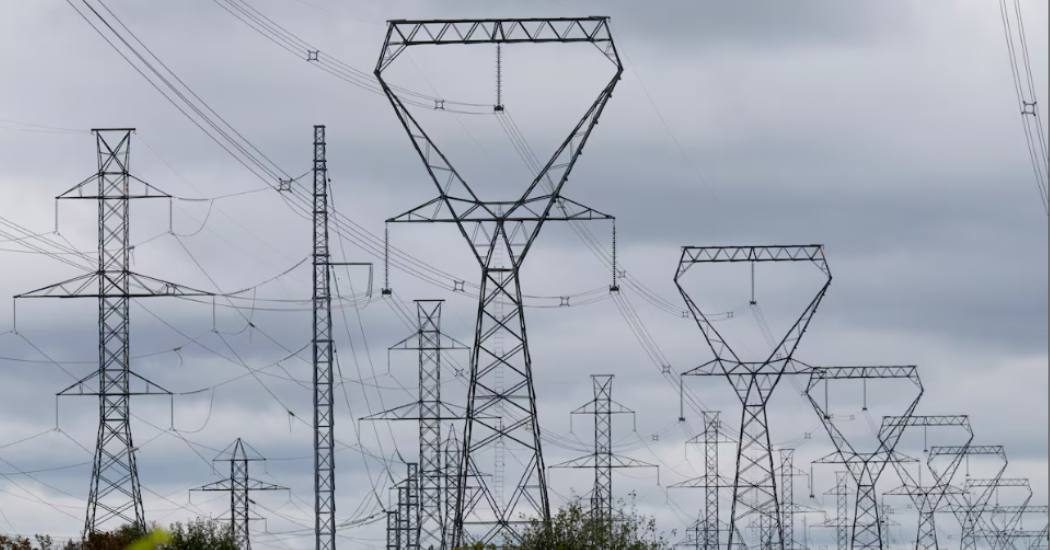While enjoying a comfortably climate-controlled building is a modern expectation, it poses significant challenges for the environment. The heating, cooling, and ventilation systems that let you wear a three-piece suit in August without sticking to your office chair are often outdated, using far more energy than needed and contributing heavily to global carbon emissions.
“It’s safe to say that most buildings across the western world, and even globally, are energy-obsolete,” says Robert Dietrich, CFO of Armstrong Fluid Technology, a 90-year-old Canadian manufacturer of pumps and HVAC equipment. “Today, provided you have the right equipment, you can achieve a comfortable environment for much less energy than you could 25 years ago.”
Developing that equipment has been Armstrong Fluid’s mandate for a long time, but in terms of size relative to other global HVAC players, it’s far from a behemoth. It does, however, have global presence and eight manufacturing facilities on four continents. Dietrich puts Armstrong’s reach – and its near-century-long existence – down to decades of continuous innovation. “In many ways, it’s in the company’s DNA,” he says. “The only way to compete against global giants is to be better and faster than them. To that end, learning and curiosity are among our foremost important company values.”
That’s exactly why Armstrong Fluid recently invested millions of dollars into inventing a new suite of pumps – even though its previous one, the fifth major line in the company’s history, was doing just fine from a business perspective. The sixth generation uses tech called “permanent magnet motors” – essentially, by using magnets that maintain their properties continuously without the need for external power, you get more efficient and reliable performance. The new pump’s body also has a reduced carbon footprint thanks to advance electronic controls. It may sound like a lot of a hullabaloo to a layperson, but the difference in energy savings is anything but.
How do you reinvent yourself for 90 years and counting? For Armstrong, innovation doesn’t happen in a silo; the company actively engages with its customers to address specific challenges, and even to create semi-customized products. That’s how, according to Dietrich, they build real-world problems into their engineering process.
“We encourage our staff, especially engineers and field personnel, to bring back stories and discuss what our customers are asking for,” Robert explains. “This feedback loop is invaluable for our R&D efforts. Taking on especially hard tasks isn’t always the most profitable idea in the short term, but you end up learning a lot, and that’s what matters in the long run.”
Meanwhile, twice-yearly technology forums, where technical staff present product ideas and innovations, provide an arena for no-holds-barred constructive questioning. This isn’t the sort of company where ideas are sacrosanct; instead, every concept is rigorously examined. “People learn by being asked questions,” says Dietrich. “Our process encourages constant peer review and opportunities for anyone on the team to ask why this or why not that.” After all, if you don’t ask those questions, you can be sure a competitor will.




